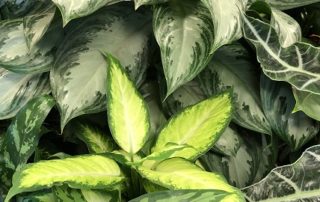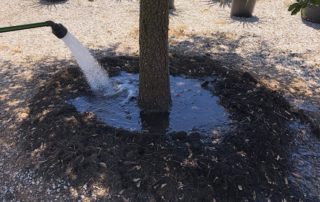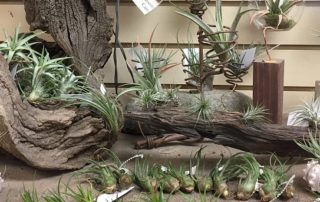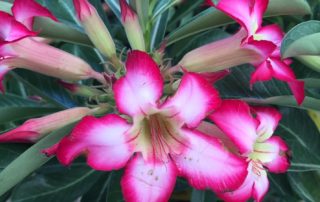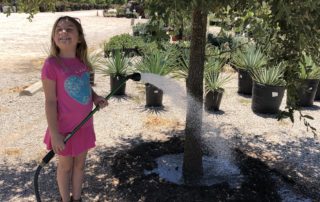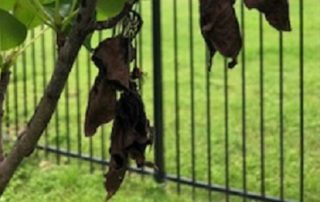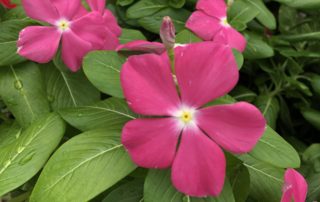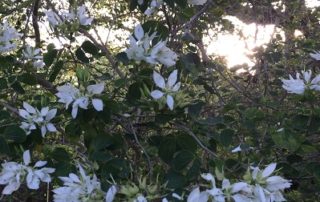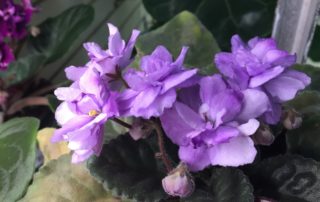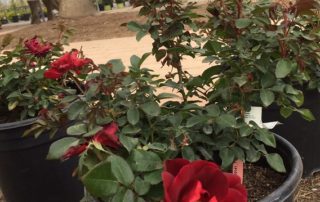Houseplant Care 101
Once you have chosen a houseplant which is appropriate for the light conditions in your location, the single most important aspect of their care is knowing how to water correctly. When at all possible, double potting (setting a nursery pot inside a decorative pot) is the most effective method of potting. As long as the nursery pot is manageable, it can be moved outside or to a sink or bathtub to water the plant. It is very important to be able to water the plant in a location where the [...]

